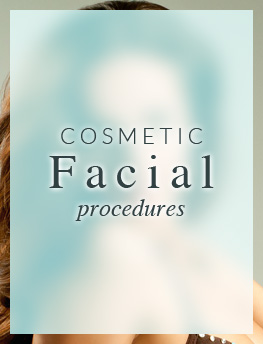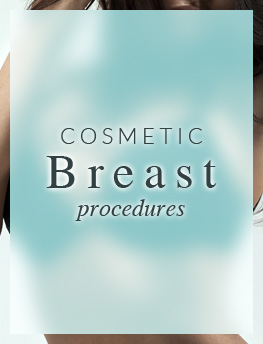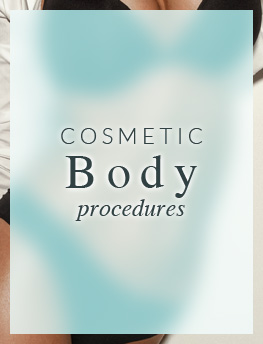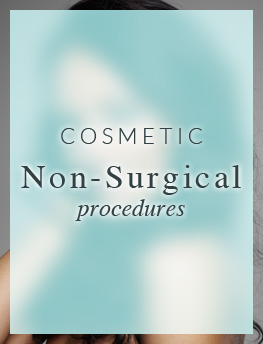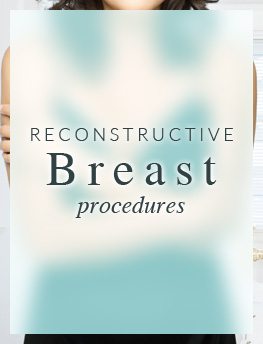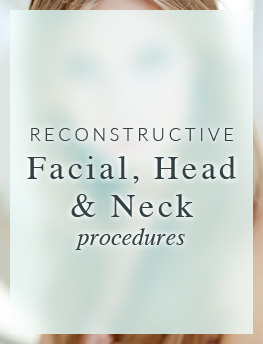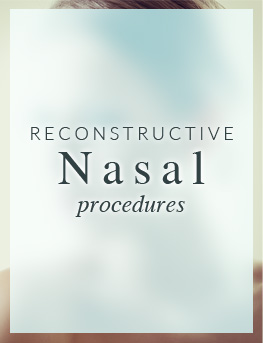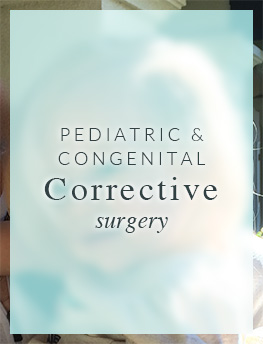Early intervention in pediatric congenital ear deformities is key to better outcomes. These birth conditions impact the ear’s structure and look. Dr. Paul Wotowic specializes in early detection and treatment, stressing timely care. Common deformities are microtia, an underdeveloped ear, and protruding ears. Prompt treatment can greatly improve a child’s life, underscoring the value of specialized care.
Understanding Congenital Ear Deformities
Congenital ear deformities are structural abnormalities of the ear present from birth. Recognizing and addressing these conditions early can lead to better outcomes for affected children. Common types include:
- Microtia: Underdevelopment of the external ear.
- Protruding Ears: Ears that stick out more than usual from the side of the head.
- Anotia: Complete absence of the ear.
- Stahl’s Ear: An abnormal shape due to extra cartilage.
- Constricted Ear: Smaller or cup-shaped ear.
Causes of Ear Deformities
Congenital ear deformities arise from a mix of genetic and environmental factors. Genetics often play a key role, with certain inherited mutations leading to structural abnormalities. Environmental influences during pregnancy, such as compromised blood supply, infections, or exposure to harmful substances, can also affect ear development.
This complex interaction between genetics and environment emphasizes the intricacies of congenital ear deformities, pointing to the importance of a thorough understanding for effective diagnosis and treatment.
Identifying Ear Deformities in Children
Identifying ear deformities in children involves observing for visible differences in the ears’ appearance. Look for signs such as asymmetry, unusual size (either too large or small), shape anomalies, or the positioning of the ears on the head. Early detection is key, so consulting a healthcare professional, like Dr. Wotowic, for an accurate diagnosis is crucial.
Dr. Woowic may conduct a thorough physical examination of the ear, assess the child’s hearing, and use imaging techniques like CT scans or MRI to understand the extent of the deformity. These diagnostic methods help in planning the appropriate treatment strategy.
Treatment Options
When addressing pediatric congenital ear deformities, a range of treatment options are available to correct these conditions, including specific interventions for Stahl’s ear deformity:
Ear Molding:
Ear molding is a non-surgical technique used to treat ear anomalies at a younger age, offering a non-invasive approach to correcting congenital ear deformities.
Surgical Correction (Otoplasty):
Otoplasty is a surgical procedure commonly used to correct acquired or congenital ear deformities, including prominent ears or malformations like Stahl’s ear.
Nonsurgical Techniques:
Nonoperative methods, such as ear molding, have emerged as effective options for treating congenital ear anomalies immediately after birth.
Preparing for Surgery
Preparing for surgery involves a detailed consultation to discuss your reconstructive needs, medical history, and expectations. It’s important to communicate openly, ask questions, and share all relevant medical details. Following Dr. Wotowic’s pre-surgery instructions is crucial. These may cover medication, diet, and lifestyle changes to help ensure the success of your surgery and the best possible results.
Recovery After Treatment
During the recovery phase after surgery with Dr. Wotowic, families can expect comprehensive support and follow-up care to ensure a smooth healing process. Here are some insights into what families can anticipate during the recovery and post-surgical care provided by Dr. Wotowic’s team:
- Post-Surgical Monitoring – Dr. Wotowic’s team will closely monitor the patient’s progress during the initial recovery period to assess healing and address any concerns promptly. Regular follow-up appointments may be scheduled to track recovery milestones and ensure optimal outcomes.
- Pain Management and Comfort – Patients will receive guidance on managing post-operative pain and discomfort, including prescribed medications and recommendations for pain relief. Instructions will be provided on proper wound care, dressing changes, and techniques to enhance comfort during the recovery phase.
- Recovery Timeline and Expectations – Dr. Wotowic’s team will outline a recovery timeline, detailing expected milestones, restrictions, and activities to facilitate a smooth healing process. Families will receive clear instructions on when to resume daily activities, work, and gradually reintroduce physical exertion based on individual recovery progress.
Impact of Treatment on Quality of Life
The impact of treatment on the quality of life for congenital ear deformities, particularly through interventions like ear molding therapy, showcases positive outcomes on both psychological and functional levels. Here are the key benefits observed:
Functional Benefits:
- Improved Hearing: In cases where ear deformities impact hearing, corrective treatments can enhance auditory function, facilitating better communication and daily activities.
- Physical Comfort: Correcting ear deformities can improve physical comfort, reduce discomfort associated with misshapen ears, and enhance overall quality of life.
- Social Integration: Successful treatment can promote social integration, enabling individuals to engage more confidently in social interactions and activities.
Psychological Benefits:
- Enhanced Self-Esteem: Successful correction of ear deformities can significantly boost self-esteem and confidence, especially in children and individuals facing social challenges due to their appearance.
- Reduced Psychological Distress: Addressing congenital ear deformities can alleviate psychological distress related to body image concerns, social interactions, and emotional well-being.
- Improved Body Image: Treatment can lead to a more positive perception of body image, reducing feelings of self-consciousness and improving overall mental health.
Schedule A Consultation
If you are looking into treatment options for congenital ear deformities, Dr. Paul Wotowic is here to assist you with any questions or concerns you may have. Contact us today to schedule a consultation and take the first step towards enhancing your child’s quality of life through expert care and personalized treatment.




